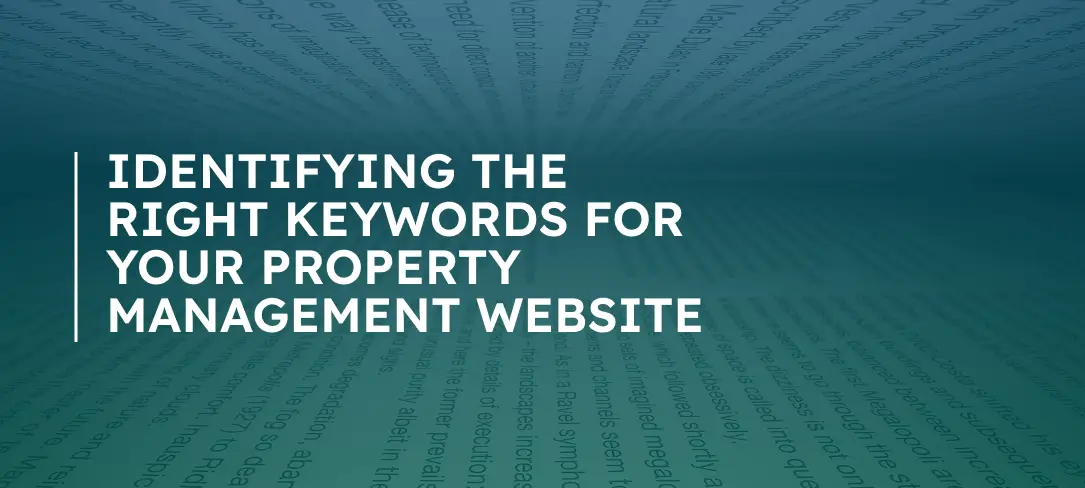Set a specific growth goal:
In order to grow your property management business, you need a goal. First, decide how many units you want to add to your portfolio over the next 12 months. Add to that the number of units that you expect to lose over the next 12 months. Now divide that number by 12 and that is your monthly growth goal. Example:
Growth Target 100 new units. Attrition 24 Units.
100 new units + 24 lost units = 124 total units. 124 units / 12 months = 10.33 new units per month. Round up to 11 and that is your monthly target to grow one’s business by 100 units in a year.
Next identify the type of property that you want to manage. Set a price range and location for the accounts that you would like to add, and be specific. At least 3 bedroom, 2 bath, 2 car garage single family homes in a specific radius from your office. Or homes and condos that will rent for at least $1200 per month within a ten mile radius of your office. It is important to concentrate your management portfolio as close to your office as possible, as you will need to travel to and show the properties often. It is significantly more profitable to manage units close to your office than far away because it reduces your travel time and cost to conduct the efficient management of the property.
Calculate the exact ANNUAL revenue and PROFIT per unit. Add together all leasing, management, and any other fees that you will charge the homeowner over the next 12 months. It is important to find out how much revenue and profit you will make per property so that you can calculate your return on investment for acquiring new properties. Knowing this number will allow you to decide whether or not you should invest in a particular customer acquisition strategy or not. Generally you should expect AT LEAST a three times return on your investment, and anything above that is typically a no-brainer. Example:
Average rent amount: $1500
Total Annual Management Fee: $1800
Leasing Fee: $1500
Ancillary Fees: $600
Total Annual Revenue: $3900
Average Expense per property: $1000
Total Profit per Property: $3900- $1000 = $2900
Now you know that every property that you acquire will add $2900 of profit to your business every year.
Next calculate your lifetime value of customer.
Start tracking how long your customers stay with your company and this will tell you how valuable they are to you over the lifetime of their business. If your average annual profit is $2900 and your average customer stays with you for 4.2 years, then your lifetime value of customer is ($2900 * 4.2) or $12,180. Now you can decide how much you are willing to invest to acquire these properties.
Try our new calculator to find out your lifetime value of a customer:
Stay tuned for our next post… Lead Response Time




.webp)

